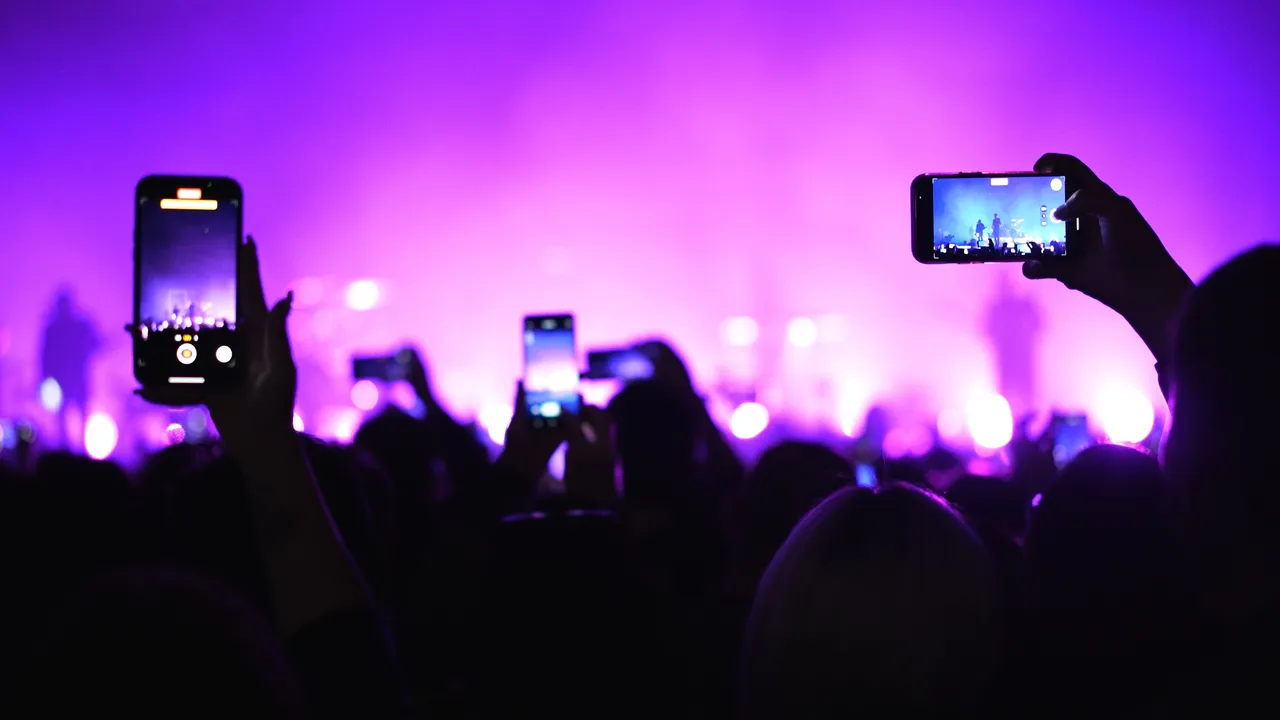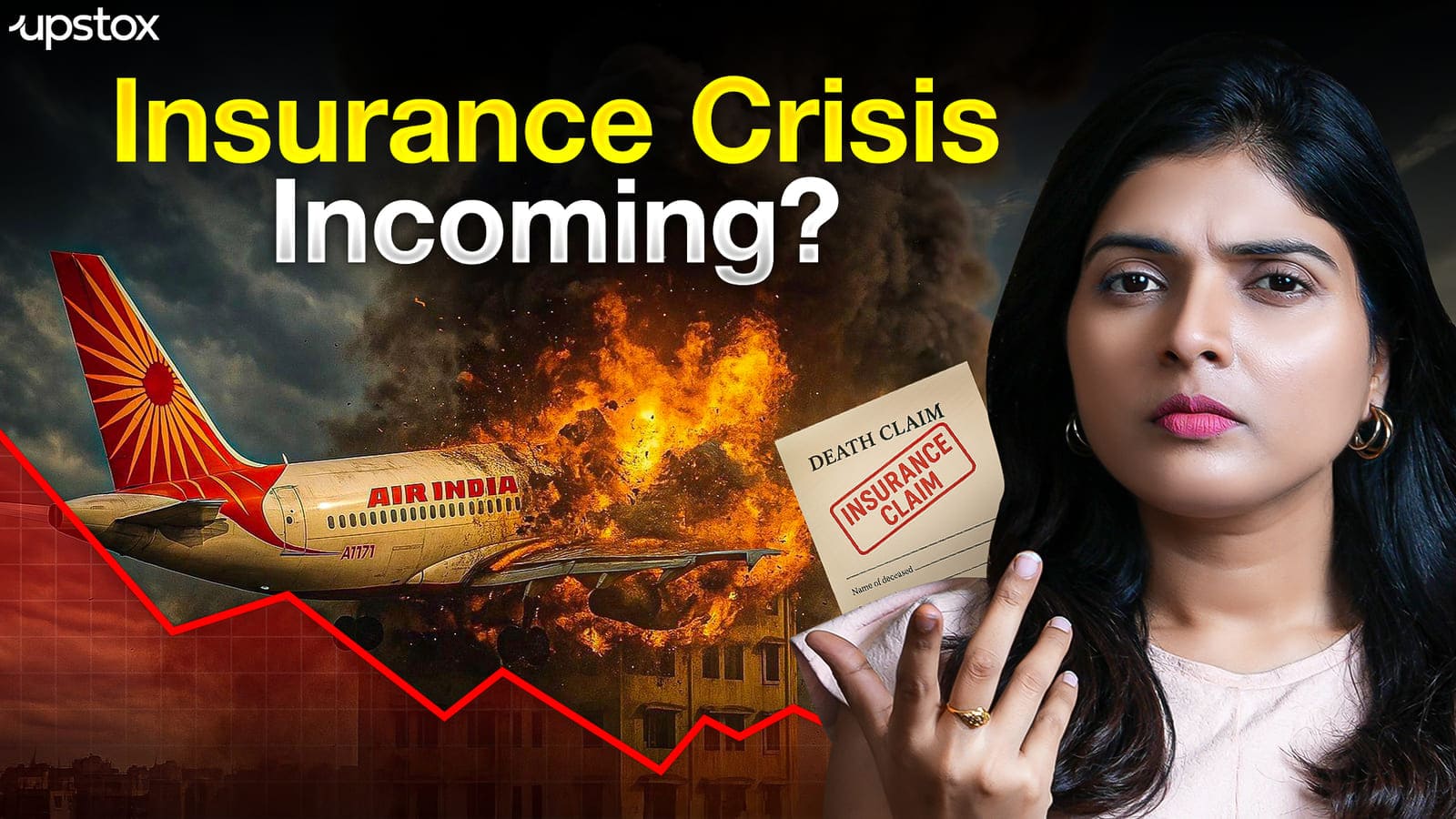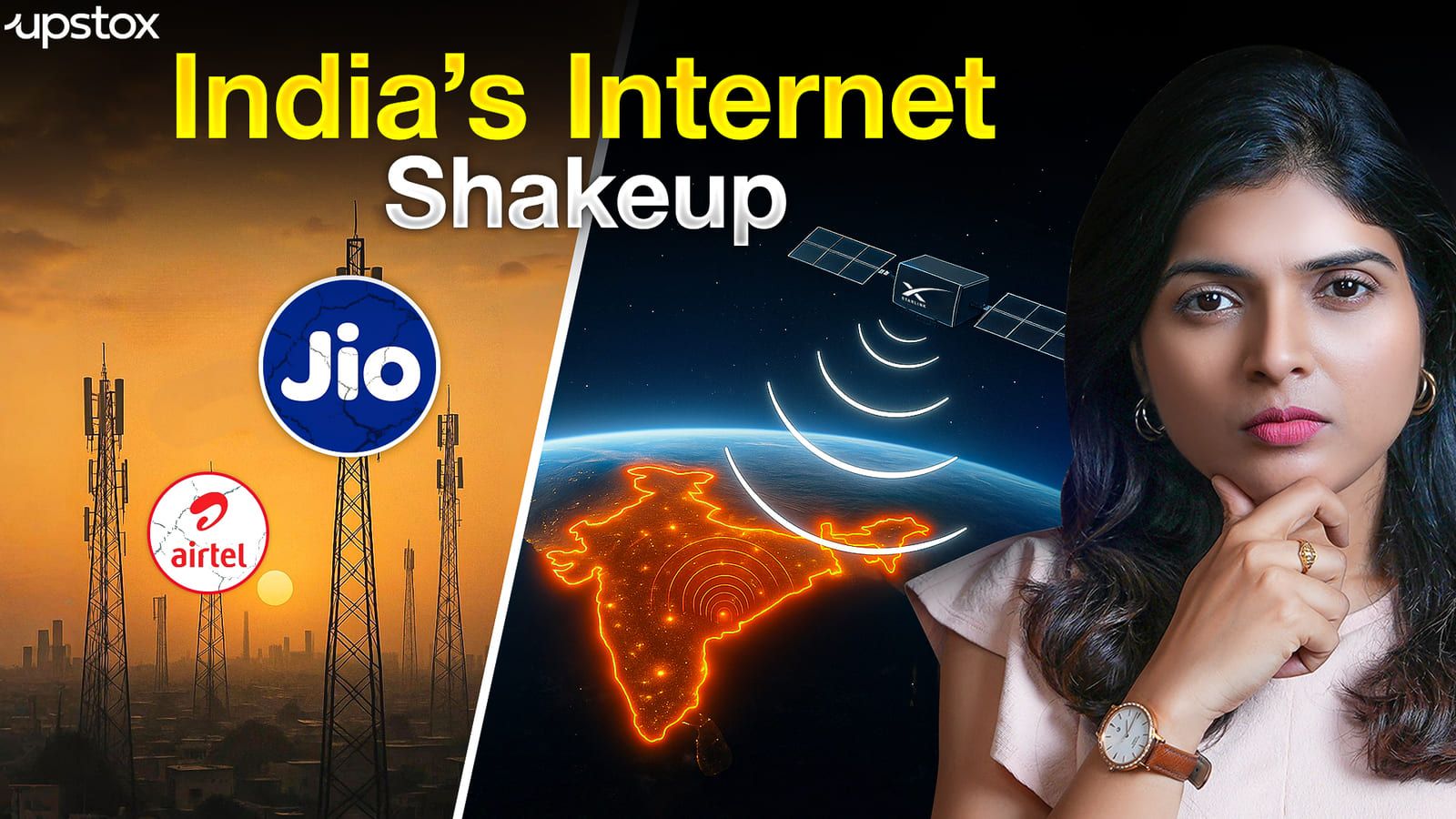Trending
An investing lesson from iPhone 16 and Coldplay
 (1) (3).jpg)
5 min read | Updated on September 25, 2024, 17:41 IST
SUMMARY
In this day and age, social media helps spread this dynamic of wanting what others want—at a much greater speed—than was the case earlier. This essentially promotes the fear of missing out or FOMO, which in turn leads to people wanting to buy an iPhone even when they cannot afford it or wanting to buy concert tickets even when they really have no real interest in the music that will be played at the concert.

Recent frenzy for iPhone 16 and Coldplay offers an interesting investing lesson.
Two recent consumption events set me thinking.
Of course, I am referring to the phone brand iPhone 16 and the music band Coldplay. Now, there is a basic difference between the two events. There were only so many Coldplay tickets going around and they sold out within minutes. On the other hand, iPhone 16 continues to remain available if you have the money to buy it or are willing to borrow money to buy it.
Apple can manufacture as many units of the mobile phone to satisfy the demand as it chooses to. The same does not hold true for Coldplay. They can only sell as many tickets as the number of people that the stadium they are performing at can accommodate.
But that apart, there is something common with both events: the zeal of people to be seen with an iPhone 16 pushing them to line up to buy the phone as soon as it was released and the zeal of people to be seen at the Coldplay concert pushing them to buy tickets at huge prices from websites on which tickets are being resold.
In this day and age, social media helps spread this dynamic of wanting what others want—at a much greater speed—than was the case earlier. Or as Burgis writes: “Before Facebook [or Instagram or Twitter for that matter], a person’s models came from a small set of people: friends, family work, magazines and maybe TV. After Facebook [and all other social media], everyone in the world is a potential model.”
This essentially promotes the fear of missing out or FOMO, which in turn leads to people wanting to buy an iPhone even when they cannot afford it or wanting to buy concert tickets even when they really have no real interest in the music that will be played at the concert. They just want to be seen there. Make reels, post pictures, and generally be able to talk about it in the days to come with their friends and families. It’s really not about the music. Of course, it’s a life choice that they have chosen to make.
But this yearning to be seen somewhere or to be seen with a product one cannot afford, leads to money being spent: And money being spent by youngsters who really aren’t making that much to start with.
If I were to put it in slightly simplistic terms, money has been spent by many buying an iPhone 16 to click pictures and make reels of the Coldplay concert and post them on social media. And this is how the positive feedback loop of this dynamic will keep working in the time to come. Or as Burgis writes, “Smartphones project the desires of billions of people to us through social media.”
So, this dynamic in its totality explains why what economists call deferred gratification—the ability to resist the temptation of an immediate reward in order to build future savings—is no longer the order of the day for many youngsters.
The problem is that this point is so obvious, it's often not taken seriously. Indeed this has been visible amongst those chasing iPhone 16s and Coldplay tickets.
Nonetheless, the fact of the matter remains that the first step towards any investing is saving and the first step towards saving is spending less than what you make. But then that takes some sense of control over the choices that we make in our lives and that is becoming more and more difficult these days. As Burgis puts it, “Our addiction to the desires of others, which smartphones give us unfettered access to, is the metaphysical threat.”
That, friends, is the long and the short of it.
Related News
By signing up you agree to Upstox’s Terms & Conditions
About The Author
Next Story



